I have a memory of being very small watching my Grandmother weave on a loom that seemed to fill the entire room. I was fascinated and a little bit frightened. It felt larger than life, clacking in its complexity, and my warm yet enigmatic Grandmother had her back to me working the treadles with her feet and passing her shuttle back and forth, back and forth. I'm not even sure she knew I was there. Many years later, I found I had inherited two of her weavings, an autumnal scarf and a great blanket shawl. They became treasures tying into this old memory, and are wrapped up with all of the feelings and impressions she brought me while I knew her. Over time, ancestral wisdom finding, traditional skill learning, and personal heritage exploration became very important to me and often would remind of a quiet urge I felt to sit at a loom, no matter how far off and dreamy it felt. Throughout the years I had inspiring friends take up weaving, and projects began to form in my mind, though I knew it was still not yet time. Shortly after most of us began a pandemic induced "hunker down" in our homes, a dear soul gifted me a table loom and out of curiosity for its history, I followed internet threads to a free mentorship initiative in the 1930s for Canadian farm wives, begun by the Searle Grain Company to help them overcome feelings of isolation and to support self-sufficiency. I couldn't help feeling a curious synchronicity spanning across time while I entered into my own hermitage and hurried to build our "victory" garden. Living so remotely, our food security was particularly vulnerable. and self-sufficiency was top of mind. Back then, travelling instructors bringing equipment and supplies came to farming towns for six weeks and community weaving circles were left behind, each promising to continue passing teachings free of charge in reciprocity for such a gift. Canadian made Leclerc looms were made available, linen was imported from Ireland and wool from Great Britain. A mail order system was established, national contests were held, and it was thriving until high gas prices meant women were suddenly unable to drive to weaving circles any longer. Our gas prices reacted similarly and the Leclerc loom I had been given may very well have been one from those times. I loved it up, but did not begin. The following Fall, a handworking friend brought a floor loom for me to "loom-sit" while she was out of the country. It came disassembled but I was encouraged to fit it together and begin my journey. I looked at it often and thought, "In the dark of Winter I'll try." But. I didn't. Another year and a half later, a travelling Slavic witch visited our homestead offering to teach me to spin wool should I find some roving. While retrieving the roving, I was gifted a drop spindle made by a wood turner one province over. It had been passed from hand to hand with instruction it be given and used. It felt fortuitous, timely, and quite luck filled. On my way home, a message came through inquiring if I would be keen to accept a floor loom... delivered the following day from the island we can see from our little bay. The serendipitous timing was not to be missed with spinning and weaving organically converging, as if the were Fates conspiring to kick my butt into action. I began spinning that very night.
It didn't even come close to matching the original pattern, but I didn't mind. As I held the shuttle in my hands I noticed how to lift out the bobbin and I rewound some thread I had been saving for years for this very moment. It felt very much as if the loom itself was teaching me, maybe too I was picking up on the intentions of the mystery woman who had begun this project. It felt as if each time I encountered something new, I was following nudges from somewhere unseen, perhaps my Grandmother was sending little signals, or the 13 Scottish weavers, spinners, and flax dressers I have so far found in my family history reading. I tried adding some of my twice plied homespun wool, thick, plushy, and fast filling comparatively, full of the magic that can be felt when we learn something new and fall in love with it. Then reloaded the shuttle with a soft bright golden thread my husband chose from my saved stash. This long woven piece can be read much like a book. Each woman's additions and all of my learnings up to the clear point where point it suddenly occurred to me to use both my feet on the treadles and alternate moving across them from left to right with right to left. I am sure there must be more complex footwork too, but this inspiration shifted the simple pattern I had been making into a sweet scallop shell design. It felt like I was finally, really "doing it". It wasn't just exploring anymore and I let myself fall into a gentle awareness, listening for any more ghosts, while my body kept rhythm. Hands passing the shuttle back and forth, feet pressing heddle levers, first this one, then that one. It took me a few more days to come to the end of the warp laid out on the loom. I didn't rush. I savoured. Took time to spin more wool, wrapping up the energies I could taste as I did so. Washed and hung the new skeins to dry, then wound them into little balls, ready to bring those flavours into tapestries, clooties, and other prayer or intentional workings.
When I did finish, and cut our three woman weaving off the loom, I was able to fully see the work of the two before me. Together, without even knowing each other, we had made a long beautiful scarf. I picked up the book that had come with and learned how to tuck in hanging threads from colour changes and bobbin refills, then on to twist a luscious long dangling fringe at each end. It is all very slow and careful work, made even slower for having no human teacher, but all the more exciting that way. I think the essence of these traditional skills, or maybe the ghosts of my ancestors, were tired of waiting for me to finally feel ready. If we keep passing over the signs we are given, sometimes they escalate until we move into action. I am still daunted to learn "for real" with the precision needed for calculating thread counts and designing patterns. I only know a few basic terms stemming from encouraging weaver friends listening to me gush through this. Math doesn't come easily to me and I know it takes many days just to prep a new project before any weaving can begin. Miss-threading or miscounting can throw the entire project off. We don't even seem to have the right sort of thread for a warp to purchase in our little town. But I'm ready. And I can hear the empty looms and all those ghosts waiting for me.
0 Comments
Leave a Reply. |
Juliette JarvisStories of devotional arts from the Selkie Sanctuary cottage Archives
July 2024
Categories
All
|
|
|
|
Receive sacred living supports and excerpts from upcoming books with a free or paid From the Cottage subscription
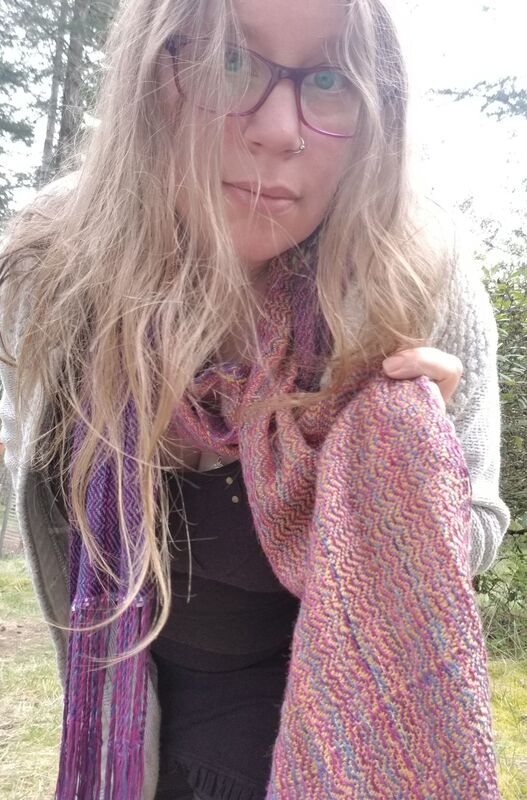
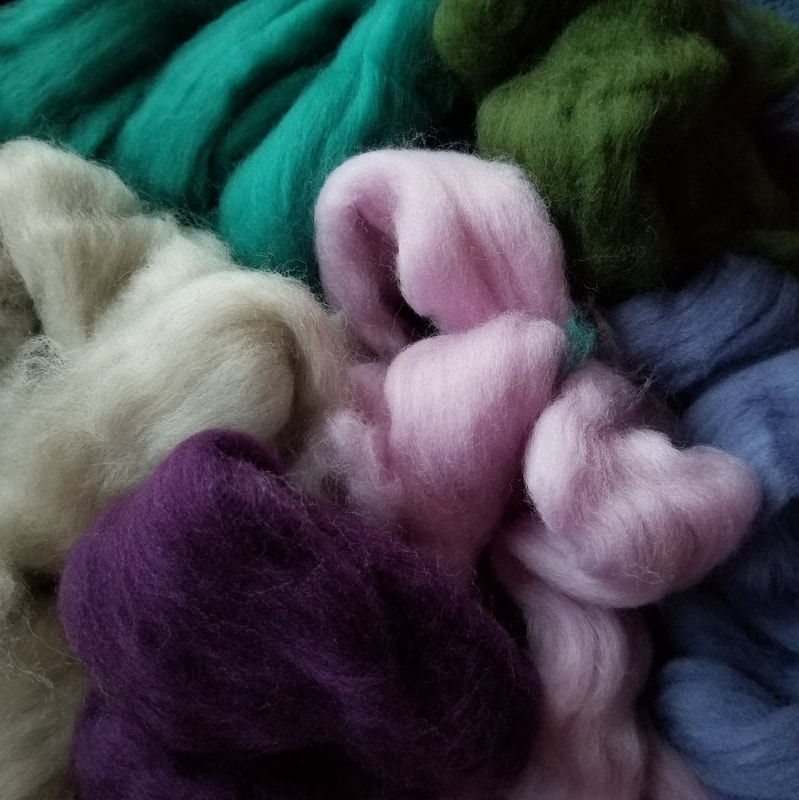
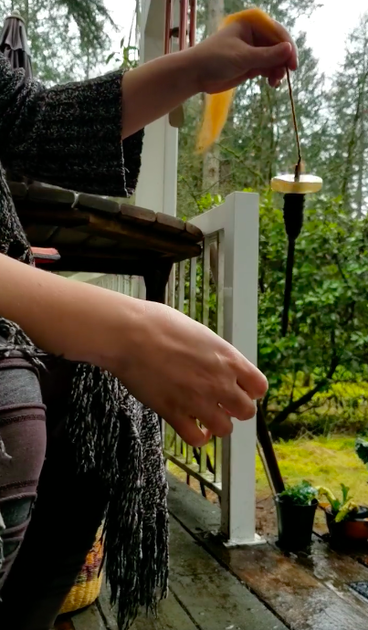
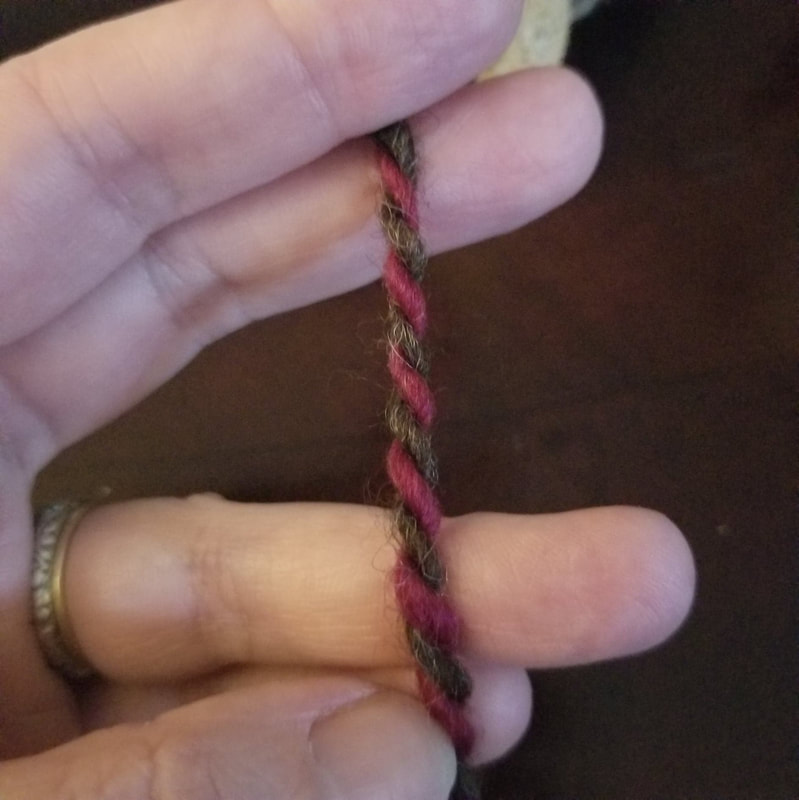
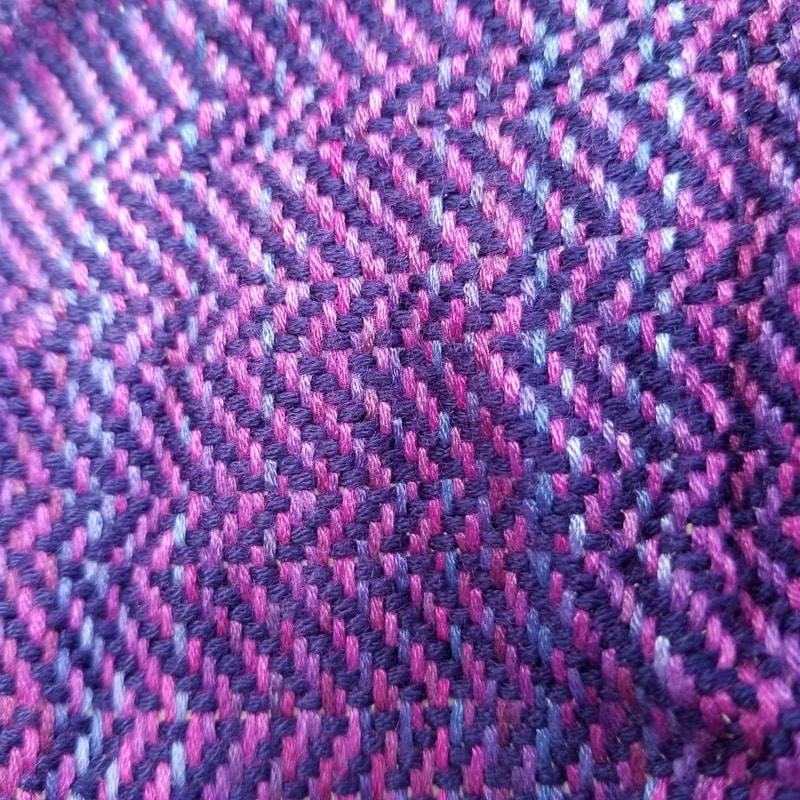
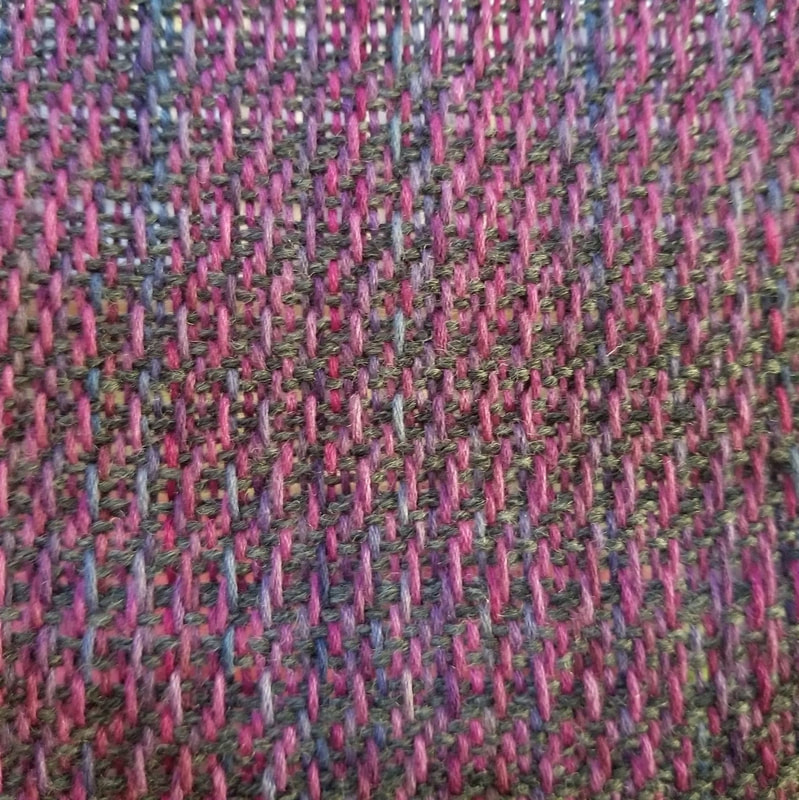
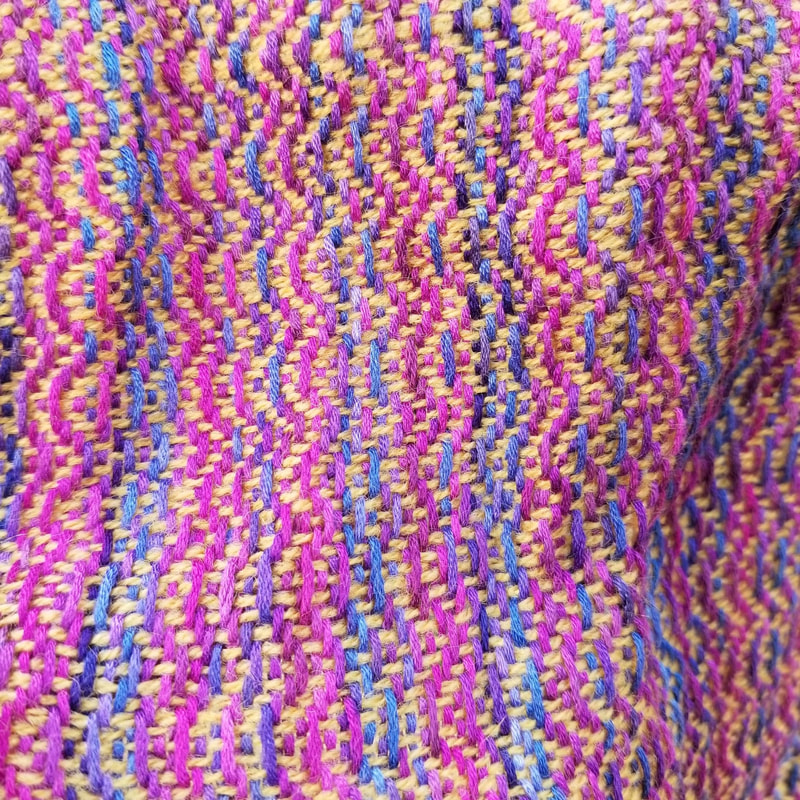
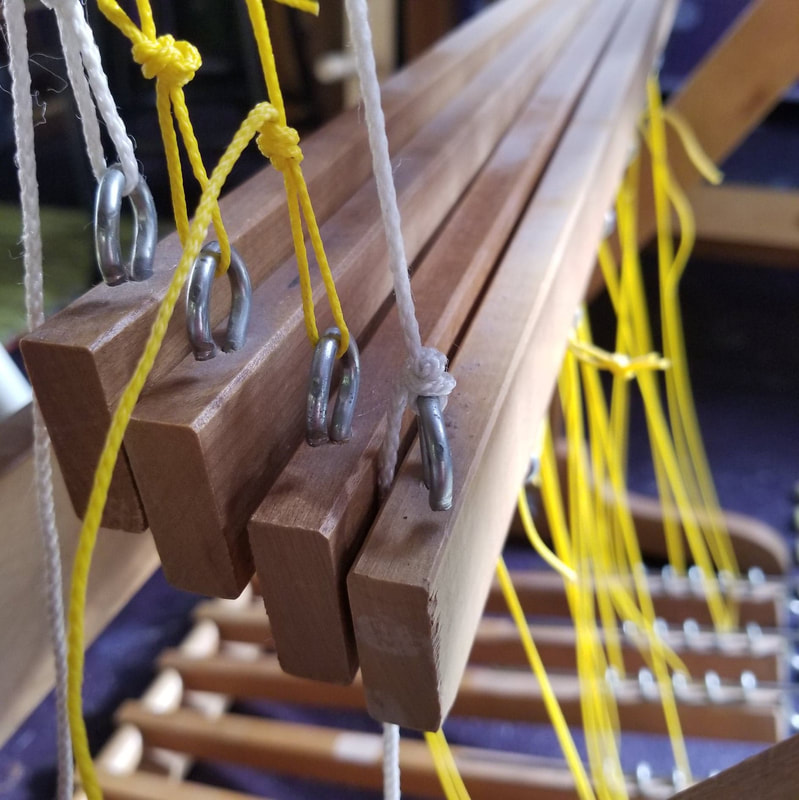
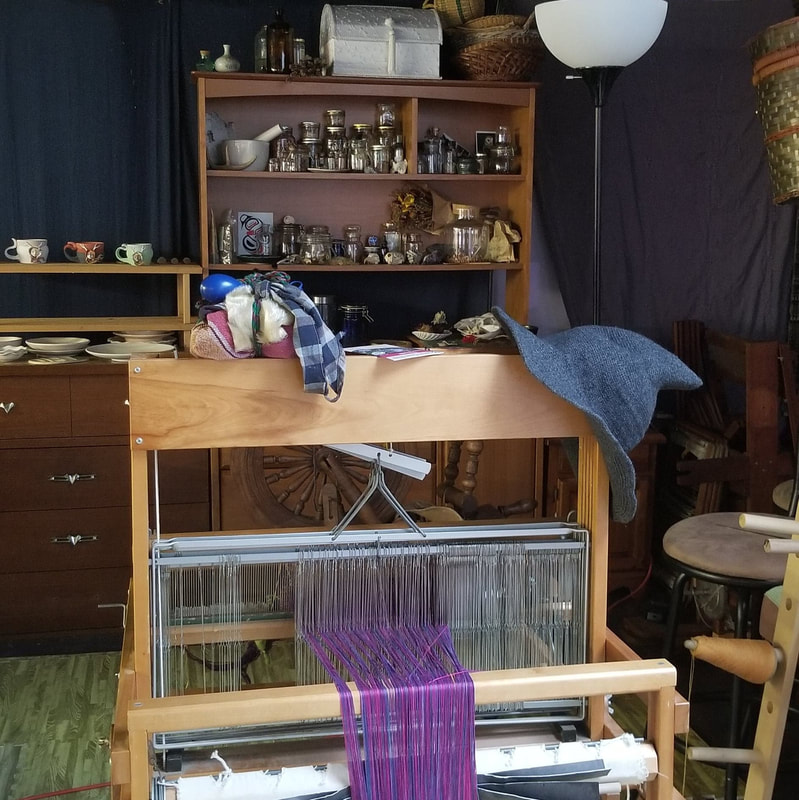
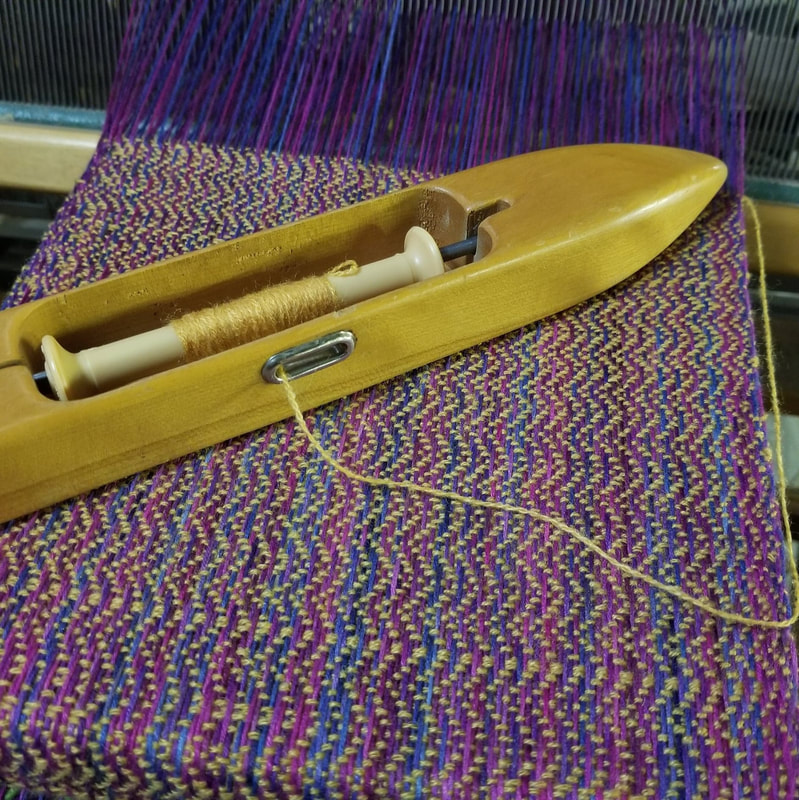
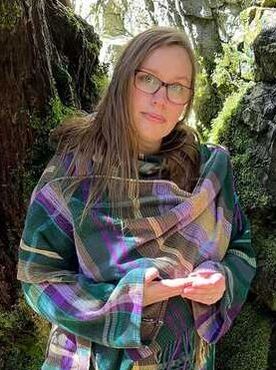
 RSS Feed
RSS Feed
